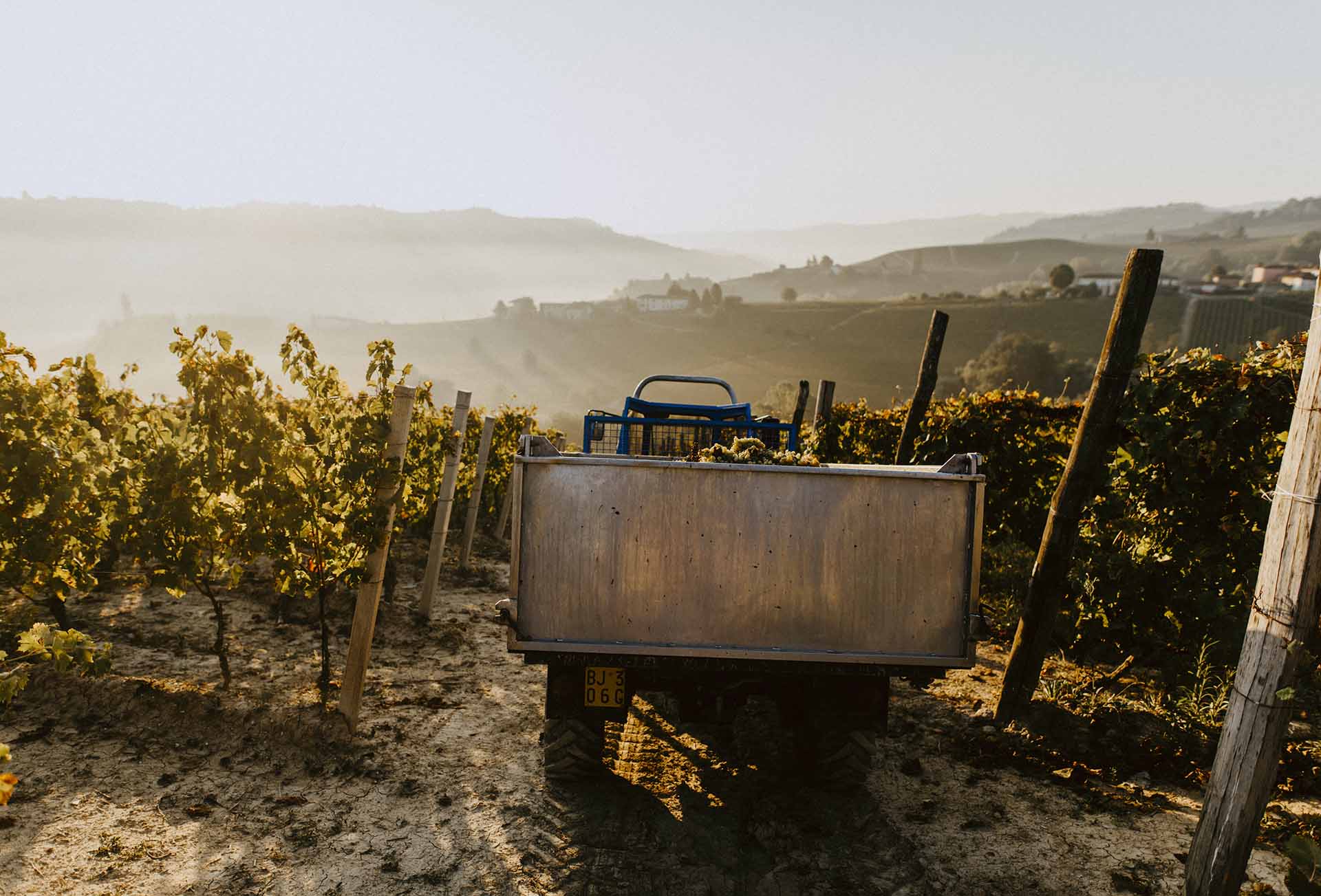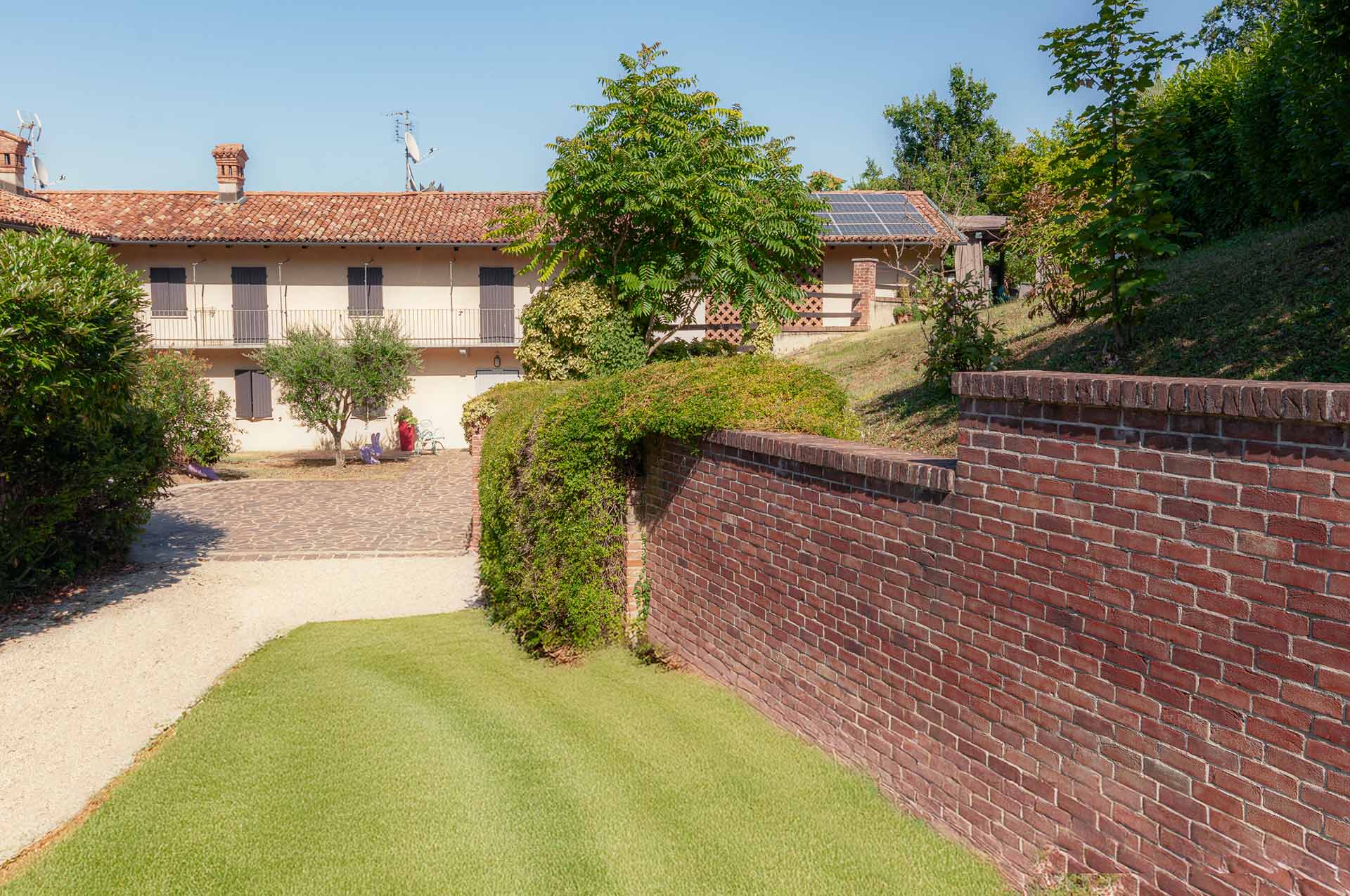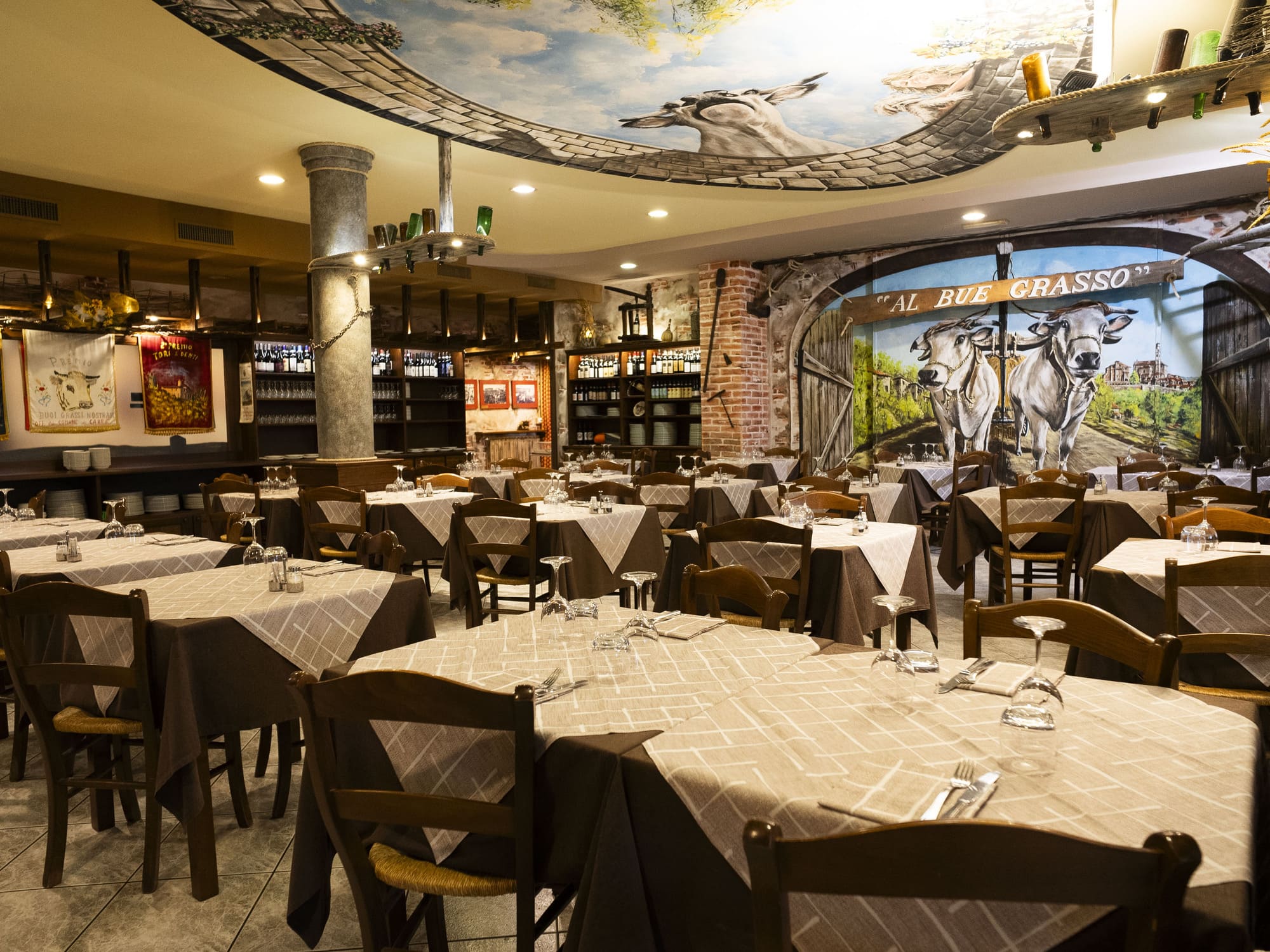
The origin of this settlement in Sinio, today with its country chapel and farm with the same name (located at an altitude of 450 metres a.s.l.), is quite ancient.
History
Perhaps it already existed in Roman times, when here we can assume there stood a relevant fundus (an extensive agricultural-productive farm with its manor farmhouse), and an area easily cultivated between the current hamlets of Carsino and S. Euphemia.
Later, during the crisis and fall of the Empire, from the fourth century to the first decades of the fifth century A.D., it was partially abandoned during the first phase of early medieval fortification (which took place starting in the fifth century), to then be moved to a higher and more defensible settlement at the top of what is today Cascina Castellero (at an altitude of 501 metres).
However, the historiographical data relevant to S. Euphemia date back to the Middle Ages. The first document that mentions this sacred building is dated 1186.
Generally, estates (with a country manor farm or mansio – official stopping place) of the Order of the Knights-Hospitaller of the Holy Sepulchre of Musanza in Lombardy (founded by Godfrey of Bouillon in Jerusalem in 1099-1100) were located near arable land and important roads.
It should be noted that the properties of that monastic-military institution were, until 1204, also located in this area of Sinio, connected to the ancient “road from Alba to the sea” that, further down, had a ford in the Talloria stream near the chapel of St. John the Baptist, located not far from the hamlet of Sappe.
In that year, the possessions of the Knights-Hospitaller -(“the church of St. Euphemia, with all the real estate and rights pertaining to that church” – located in Sinio, Albaretto della Torre, and Roccaverano) were given to the female Benedictine Abbey of Saint Mary delle Grazie in Castino.
When the monastic seat in Castino was passed onto the monastery of the Dominican Sisters of St. Mary Magdalene in Alba in 1445, this estate was also transferred there, and remained until 1802.
This did not always take place in a peaceful manner. In fact, in 1721, a dispute between the parish in Sinio and the Dominican nuns occurred that prevented the local archpriest of practice his religious services there.
The Church
The current country chapel of St. Euphemia, the probable seventeenth century setting on the site of the medieval one, has a longitudinal plan with a single nave and a semicircular apse, along with a bell tower positioned on the side of the facade.
The chapel seems to have been rebuilt in 1868-1869 and was then integrated internally in 1875 (also with an altarpiece painted by Innocenzo Risso).
The annual name day feast of St. Euphemia Martyr in Chalcedon (Chalcedon being the ancient city in Asia Minor, today’s Kadikőy) is celebrated on September 16th.

Auditorium Horszowski
Auditorium Horszowski, Via del Carretto, Monforte d'Alba, CN, Italia
Discover ↝
Are you planning a trip in the Langhe region?
Let us help you design the perfect vacation, and live your stay like a true insider
Free
Service
Ask us
For advice
Free Service
Ask us
For advice
Free Service

Fill in the form
reporting your interests and preferences
Receive our suggestions
directly into your inbox
And if it's not enough
we'll design a personalized trip!















